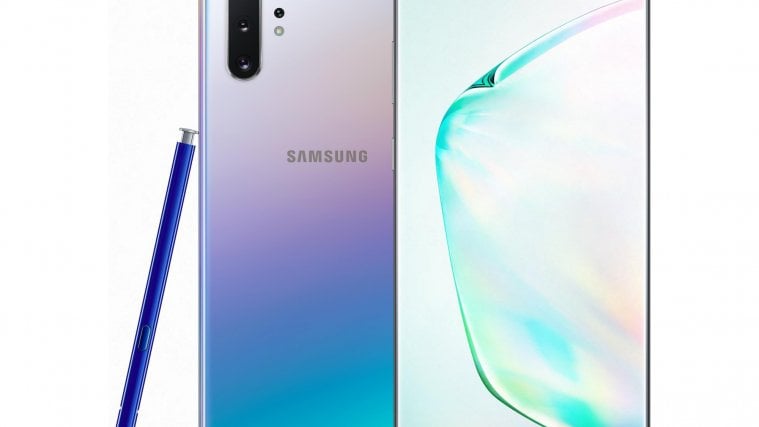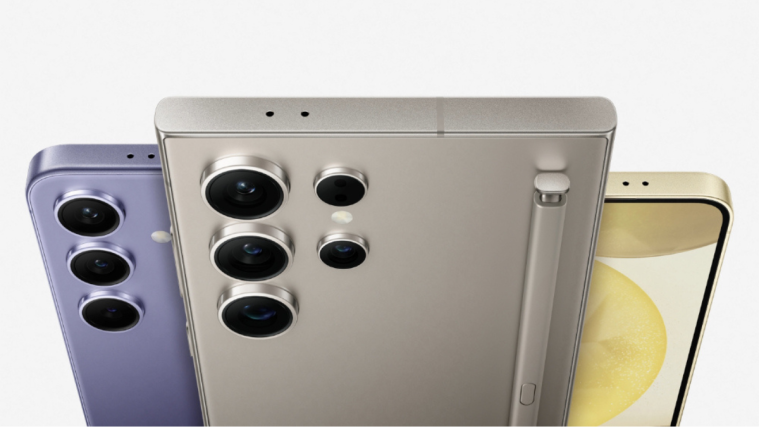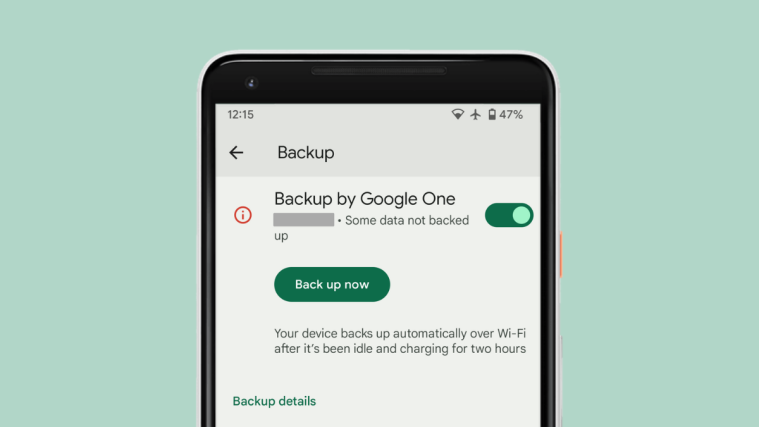If you own a mid/high-end smartphone, chances are, your device comes with an Ingress Protection (IP) Marking. The IP Code denotes the degree of protection provided by your device’s internal casings and enclosures against dust, intrusion, and most importantly water.
Rule of thumb suggests that the higher the IP rating, the more secure your device is. But to know more about the IP ratings and what they stand for, it’s necessary to break them down to bits.
As per IEC standard 60529, IP is always succeeded by two digits. If we take IP68 as an example, the first digit (tens), 6, denotes protection against dust, while the second digit (units) signifies protection against prolonged immersion in water.
For a detailed guide, have a look at this picture:

IP68 vs IP69
The IP68 rating, which is the standard for upper-mid/high-end smartphones these days, signifies pretty intensive protection against dust, sand, and water. While an IP67-rated device stays intact for 30 minutes into a body of water (up to a meter deep), an IP68-rated machine can go up to 1.5m for the same amount of time.
IP68 should be enough for most real-life scenarios, but if you are looking for something extra-special, look for an IP69-rated smartphone. According to rumors, the Samsung Galaxy Note 10 could come with IP69K, making it the company’s most rugged smartphone yet.
The second digit, 9(K), denotes that the phone would be able to withstand high-pressure, high-temperature jet sprays, steam-cleaning, or washdowns.
Honestly, no mainstream device would probably make use of the IP69 rating. But if you’re prepared to spend over $1000 on a smartphone, it makes sense for the company to try to put your mind at ease.
Image Source: Lec-Expert





